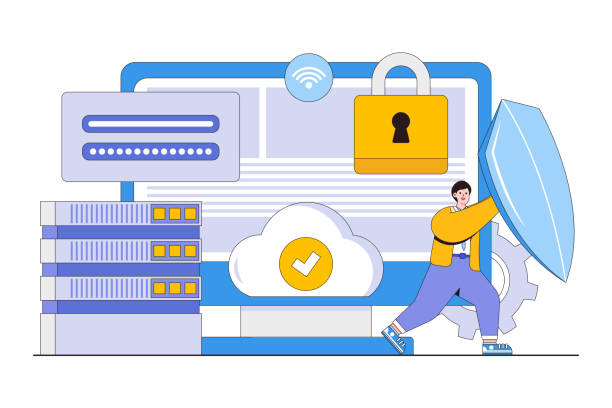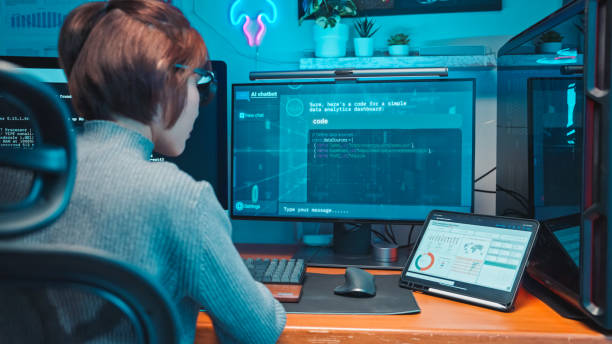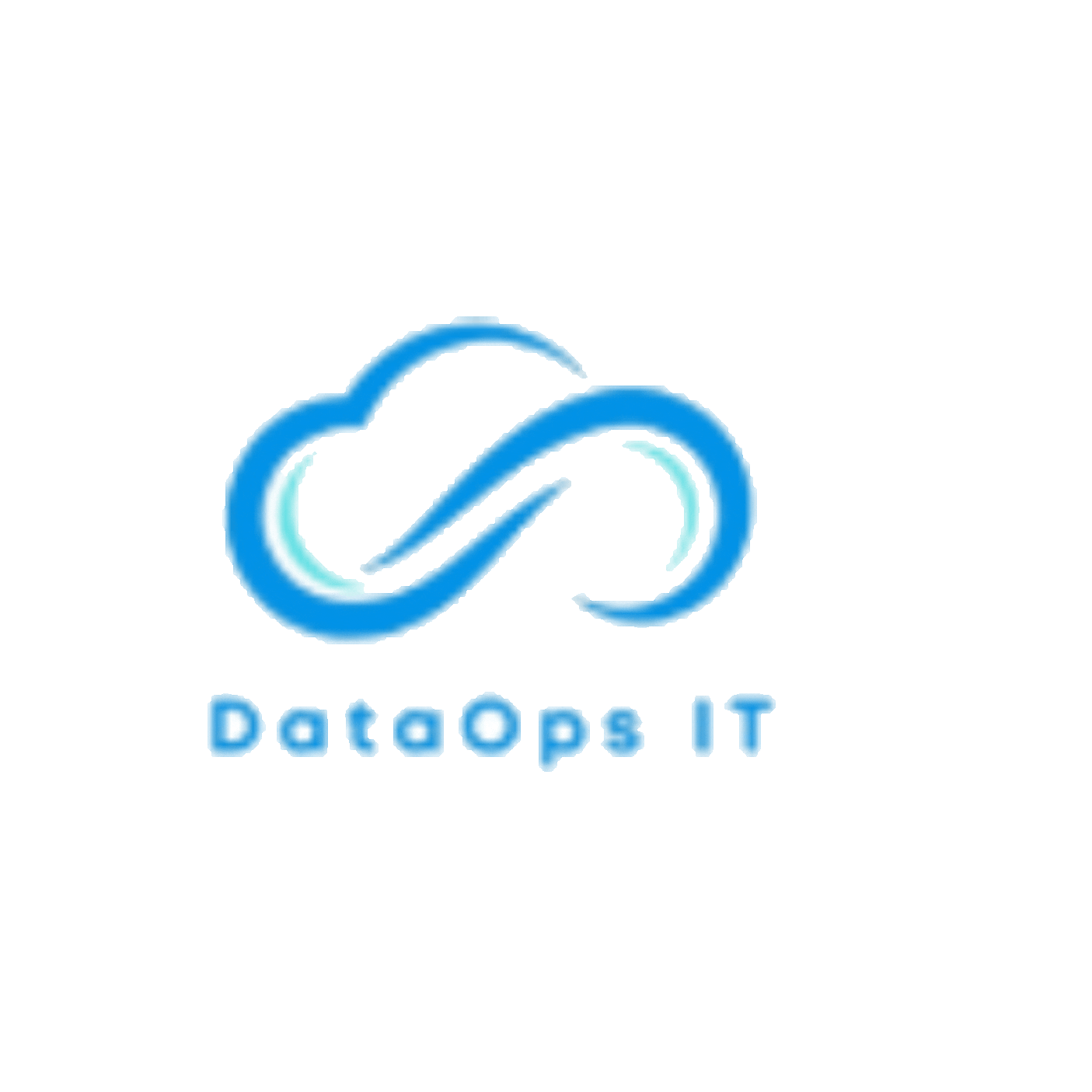Cloud Security Guide – DataOps IT

Let’s face it—cloud security isn’t just a buzzword anymore. It’s the foundation of trust in a world where businesses run online, apps live in the cloud, and hackers are lurking in the shadows. If you’re still thinking cloud security is just about passwords and firewalls, you’re missing the big picture.
Today, I’m taking you on a quick, yet detailed dive into the world of cloud security. No jargon overload, just clear insights to help you understand what’s happening behind those layers of encryption and alerts.
First, Why Is Cloud Security So Hot Right Now?
Because everything is in the cloud! From your daily Zoom calls to enterprise-scale ERP systems, it’s all floating up there—and someone needs to guard it.
The cloud security market is booming. According to recent projections, it’s expected to grow from USD 40.7 billion in 2023 to USD 62.9 billion by 2028, with a compound annual growth rate (CAGR) of 9.1%. That’s huge!
So, what’s driving this growth?
DevSecOps.
Yes, that trendy term is doing more than just floating around in tech talks. The rise of DevSecOps—integrating security right into the development and operations cycle—is pushing the demand for better cloud security practices. Security is no longer a final checkbox; it’s embedded from day one.
IoT devices.
We’re adding billions of smart devices into our homes, offices, factories, and cities. Each device is a potential entry point for a cyber attack. That’s why securing the IoT landscape is not just an opportunity—it’s a necessity.

So, What Does a Cloud Security Framework Actually Look Like?
Let’s break it down.
A solid cloud security framework isn’t a one-size-fits-all solution. It’s layered. Think of it like an onion—every layer protects the core.
Here are the key layers:
1. System Security
This is the basic hygiene. If you’re running outdated Windows or Linux systems, you’re practically inviting trouble. System security includes:
· Server and OS hardening
· Patch management
· Automated vulnerability scanning
Pro tip: Automated scanning tools should be your best friend. They save time and catch issues before a hacker does.
2. Mobile Security
We all work from our phones. So guess what? Mobile devices need enterprise-grade security too.
Mobile security practices include:
· Authentication & Onboarding
· Wireless Security
· OWASP Mobile Top 10
· Dynamic and Static App Scanning
· Mobile Penetration Testing
You wouldn’t let a stranger access your business laptop, so why let a poorly secured phone connect to your internal network?
3. Infrastructure Security
Imagine your cloud like a castle—network security is the moat, but infrastructure security is the walls and gates.
Key focus areas here include:
· DNS Security
· Unified Communication Security
· Event Management
· Log & False Positive Analysis
· Zero-Day Vulnerability Tracking
Infrastructure is where hackers try to slip in quietly. It’s where misconfigurations in cloud settings often get exploited. So, keeping this layer tight is a non-negotiable.
4. Data Security
Data is the crown jewel. Everyone wants it—competitors, cybercriminals, even rogue insiders.
Here’s what great data security involves:
· Zero Trust Security
· AI & Machine Learning for Threat Detection
· Blockchain for Immutable Logging
· Data Access Control
· Encryption (both at rest and in transit)
· Data Loss Prevention (DLP)
Remember: You can’t protect what you don’t monitor. Use AI to detect anomalies and respond faster than any human ever could.
5. Risk Governance & Compliance
This is where most startups roll their eyes—until they get fined.
Compliance isn’t just about ticking boxes. It’s about building a culture of accountability and trust.
Focus on standards like:
· ISO 27001 / HIPAA / PCI
· SOC 2 Compliance
· Cloud Provider Certifications
· Internal Risk Audits
Ignoring compliance is like driving without insurance. You might be fine… until you’re not.

Cloud Security in Action: IAM & Encryption
You’ve probably heard these terms thrown around, so let’s simplify:
Identity and Access Management (IAM)
This is all about making sure only the right people access the right stuff.
· Multi-Factor Authentication
· Role-Based Access Control
· Privileged Access Management
· Biometric Authentication
IAM is your first line of defense. It controls access and limits damage if credentials get stolen.
Data Encryption
Your data should be unreadable to anyone who doesn’t have the key. Period.
· End-to-End Encryption
· Transport Layer Security (TLS)
· Homomorphic Encryption (yes, you can process encrypted data without decrypting it—fascinating, right?)
· Advanced Encryption Standards
· Key Management Systems
If your encryption isn’t airtight, your cloud is a leaking balloon.
Bonus Buzz: AI & Generative AI in Security
Yes, artificial intelligence is no longer optional. It’s a must.
AI helps detect abnormal behavior, predict attack vectors, and respond in milliseconds. Generative AI is also emerging to help simulate potential attack scenarios and test your defenses. Sounds futuristic? It’s already happening.
The Bigger Picture: A Culture of Cybersecurity
Cloud security isn’t just a tech problem—it’s a human responsibility. From training your team on phishing attacks to making sure your cloud providers follow best practices, it’s a team sport.
Security is everyone’s job. The IT team might install the firewall, but your marketing intern clicking on a sketchy link could still bring it all down.
Want to Learn More?
It’s packed with insights, checklists, and frameworks you can implement immediately—especially if you’re a startup founder, CTO, or just someone who wants to understand how modern businesses stay secure.
Final Thoughts
Cloud security is no longer a choice. It’s the shield you need in a world of rising cybercrime, remote work, and digital everything.
So ask yourself:
· Are your cloud systems up to date?
· Are you monitoring who accesses your data?
· Do you have a response plan in place for when—not if—an attack happens?
If you answered “no” to any of these, now’s the time to take action.
The cloud may seem invisible—but the threats are very real.
Stay safe. Stay informed. Stay secure.

